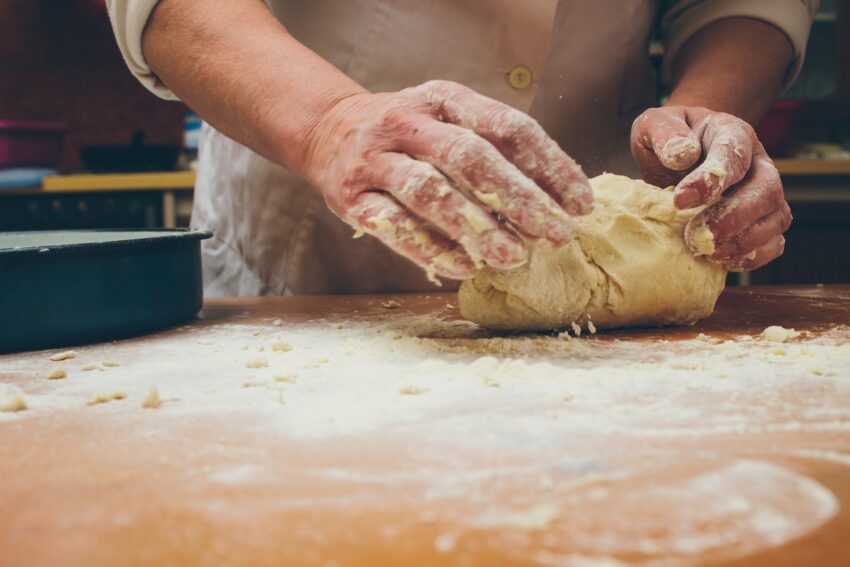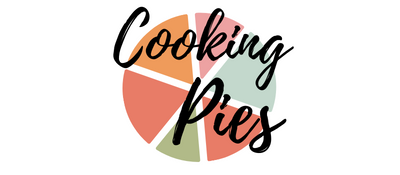The Surprising Role of Vinegar in Gluten-Free Pie Crust Recipes

Want to make the perfect gluten-free pie crust? Discover the secret ingredient that can take your crust to the next level: vinegar! Learn why vinegar is such an important ingredient in gluten-free pie crust recipes and how it can help you achieve a delicious and flaky crust every time.
So, why would my pie crust recipes call for vinegar? When it comes to making a gluten-free pie crust, every ingredient plays a crucial role in achieving the right texture and flavor. While many gluten-free pie crust recipes focus on the type of flour used and the right fat and liquid ratio, one ingredient often overlooked is vinegar. In this article, we’ll explore the surprising role of vinegar in gluten-free pie crust recipes and how it can help you make the perfect crust every time.
What Does Vinegar Do in Pie Crust Recipes?
Vinegar is a unique ingredient in pie crust recipes. While it doesn’t play a role in the texture or flavor of the crust, it does help to prevent the dough from becoming tough and dense. When added to the dough, vinegar helps break down the gluten in the flour, which can prevent the dough from becoming too chewy and tough. Additionally, vinegar helps to create a flakier crust by preventing the fat in the dough from melting too quickly – especially important for puff pastry.
How to Use Vinegar in Gluten-Free Pie Crust Recipes
Believe it or not, using vinegar in gluten-free pie crust recipes is easy. Simply add a small amount of vinegar to the dough along with the other ingredients. The amount of vinegar you use will depend on the recipe, but a common measurement is 1-2 tablespoons of vinegar for every 2 cups of gluten-free flour. You can use any vinegar you have on hand, but white wine vinegar or apple cider vinegar are both popular choices.
Tips for Making the Perfect Gluten-Free Pie Crust with Vinegar
Here are three of our top tips to help you make the perfect gluten-free pie crust with vinegar:
- Use the right amount of vinegar: Too much vinegar can give your gluten-free pie crust a sour flavor, so be sure to use the right amount. A common measurement is 1-2 tablespoons of vinegar for every 2 cups of gluten-free flour.
- Choose the right type of vinegar: You can use any type of vinegar you have on hand, but white wine vinegar or apple cider vinegar are both popular choices.
- Experiment with different recipes: Not all gluten-free pie crust recipes call for vinegar, so feel free to experiment with different recipes to find the one that works best for you.
Final Thoughts
I will admit, Vinegar may seem like an unlikely ingredient in pie crust recipes, but it can play a crucial role in achieving the perfect texture and flavor. By understanding the benefits of using vinegar in your gluten-free pie crust, you can take your pie crust to the next level and create a delicious and flaky crust every time.




Leave a Reply